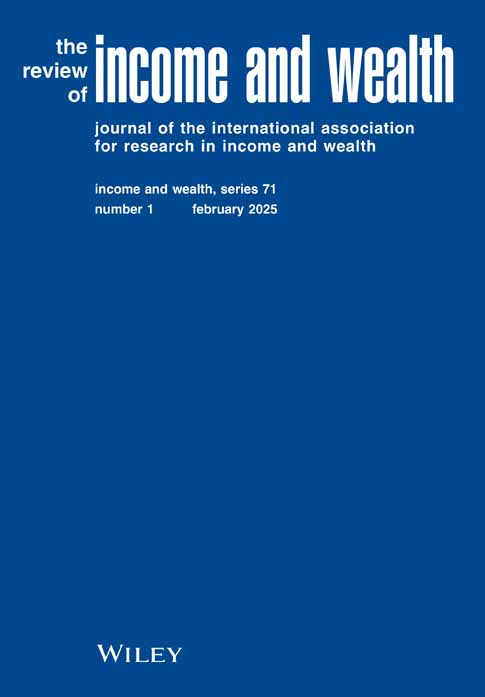Climate Shocks in the Anthropocene Era: Should Net Domestic Product Reflect Climate Disasters?
Leonard Nakamura is sad to report that the coauthor of this paper, Brian Sliker, passed away after the paper was submitted to the Review. This article is dedicated to his memory; without Brian's collaboration it would not have been completed. We thank Scott Wentland, Abdul Munasib, Allison Derrick, Marshall Reinsdorf, Rachel Soloveichik, Bryan Parthum, Cliodhna Taylor, Josh Martin, Robert Kornfeld, and Wesley Ingwersen. We are also grateful to three anonymous referees and Prasada Rao, the editor, for helpful comments on this paper. We particularly thank Adam B. Smith for his comments, and we thank him and National Oceanic and Atmospheric Administration for their generous provision of data. We thank participants at the ESCoE 2022 Conference on Economic Measurement, the US Interagency Working Group on Hazards and Natural Capital meeting, and the Federal Reserve Committee on Climate and Economic Activity seminar. The views expressed in this paper are solely those of the authors and do not necessarily reflect the views of the Federal Reserve Bank of Philadelphia, the Federal Reserve System, or the Bureau of Economic Analysis. Any errors or omissions are the responsibility of the authors. Philadelphia Fed working papers are free to download at https://philadelphiafed.org/research-and-data/publications/working-papers.
Abstract
The asset costs of natural disasters in the United States grew rapidly from 1980 to 2023, with the trend rising 4.9% annually in real terms to $90 billion in 2023. Much of this trend in asset losses is likely due to climate change, and implies a faster depreciation of real assets. We argue that the expected depreciation from these events should be included in consumption of fixed capital (CFC), leading to lower levels and slightly lower growth rates for net domestic product (NDP) and net domestic investment. We use Poisson pseudo-maximum-likelihood regressions to estimate this expectation and to generate our experimental measure of costs. An alternative calculation of CFC and NDP might directly include the time series of costs incurred rather than the far smoother expectation; this was the procedure adopted before 2009 and resulted in abrupt changes in NDP.




